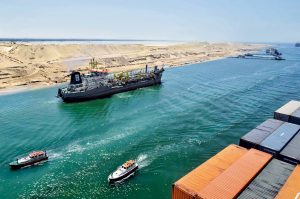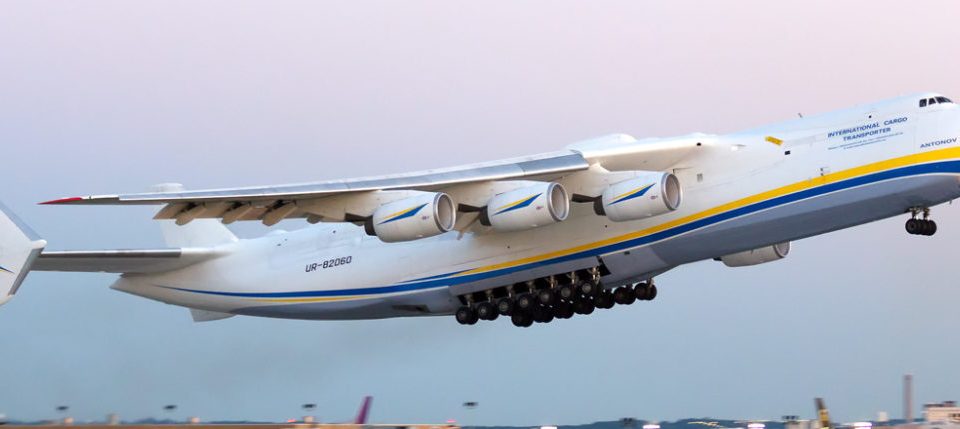- Comunícate con nosotros
- +(57) 4 3222858
- (304) 2145940
- servicioalcliente@depcologistica.com
Do you know which are the neuralgic points of the world maritime trade?

Vehicle restriction measures in Bogota would affect national logistics
October 22, 2018Malacca Strait:
Located between the South China Sea and the Indian Ocean, this strait connects the commercial activity of important economies of Southeast Asia including: Malaysia, Vietnam, Indonesia, Singapore, Philippines, China and South Korea. It is estimated that around 50,000 ships pass through the strait each year with goods accounting for approximately 30% of world trade. About a quarter of the total oil transported by sea in the world passes through the strait, mainly from Persian Gulf suppliers towards Asian markets.

Suez Canal:
Located in Egypt this is an important trade pass between the Mediterranean and the Gulf of Suez. This strait gives access to the Indian Ocean from the Red Sea. The canal turned the Sinai region into a new peninsula, constituting the border between the continents of Africa and Asia. Its length is 163 km. It makes possible to shorten the maritime trade route between Europe and South Asia, as it avoids having to surround the African continent. It is estimated that around 20,000 ships pass through this pass each year. It transports about 15% of total trade.

Panama Canal:
This 82 km long inter-oceanic navigation route between the Caribbean Sea and the Pacific Ocean crosses the isthmus of Panama at its narrowest point. It works through a system of locks, of filling, that elevate the boats until the Gatún lake, an artificial lake that allows to overcome the unevenness of the continental platforms. The Panama Canal has served to avoid having to go around the American continent because before its opening, the natural passages used between the Atlantic and Pacific oceans were the Strait of Magellan and Cape Horn, located in the extreme south of Chile and Argentina. Nearly 5% of global trade flows pass through it through the transit of nearly 13,000 ships a year. The Expanded Canal was inaugurated in 2016, after a decade of works.



